
 Post-construction ... drilling and injecting.
Post-construction ... drilling and injecting.
MAKKAH and Madinah are abuzz with construction activity. However, these holy cities are not immune to the problems posed by termites as these pests continue to proliferate and cause damage to numerous buildings throughout the kingdom.
Termites help convert dead wood and other organic materials containing cellulose to humus, and so are beneficial insects. Only when people began building with wood in the natural home of the termite do the termites start feeding on buildings.
Termites require specific environmental conditions to survive. All species except the swarmers are soft-bodied insects that lose water rapidly upon exposure to dry air. Thus, an available moisture source is critical to the survival of termites.
Termite control is a specialised job that should only be performed by professionals.
When called to a building in which a subterranean termite infestation is suspected, a pest control specialist must be able to determine whether or not termites are actually present.
Sometimes an active infestation is obvious. In other instances, the problem may be difficult to detect, requiring a great deal of effort, monitoring, and the use of specialised techniques and information to reach the correct conclusion. Inspection should also ascertain any risk of contamination should a termiticide need to be used.
To present the results of a termite inspection to the client as well as have a work plan for the treatment, it is necessary to make a proper diagram of the building to be treated together with a sufficient description of the structure and the problems to be solved. A well-designed inspection form offers many advantages, because it allows the inspector to include all pertinent information.
The major objective of the pest control specialist in soil treatment for the subterranean termite control is to establish a chemical barrier between the termite nest – usually in the ground – and the wood in a structure. To do so, the operator or the applicator must be knowledgeable of the different types of construction and should be well-versed in determining the points of entry to block them.
Pre-construction treatment
This refers to the application of termiticide emulsion during the construction stages of a building, starting from the foundation footings. It depends on the manner in which a structure is going to be built as well as the structural composition of the building. Pre-construction treatment will guarantee a complete chemical barrier and will be able to control or prevent termites more effectively than post-construction applications. In Saudi Arabia, prevention or proofing is focused on soil poisoning. The types of pre-construction treatment are:
• Foundation treatment, which involves the application of termiticide at the excavated pits prior to the pouring of the cement to make the foundation footings and/or walls of the building. This application will prevent the entry of termites through cracks that may develop in the foundation;
• Slab treatment refers to the application of termiticide at the pre-slab backfill prior to pouring of concrete; and
• Perimeter treatment entails the application of termiticide at the perimeter of the building. This is usually done when the building is finally erected with walls and all other structures complete and/or before the outside perimeter pavement (concrete) is placed.
Post-construction treatment
Post-construction treatment is usually done by drilling and injecting plus application of dusts or gel and other type of formulation for the purpose of killing existing termite infestation within the structure and sometimes trenching and rodding, whenever applicable.
The aim of the application is to have a continuous complete chemical barrier that will block all possible termite entry points, including the foundation expansion joints, outside perimeter walls and cracks in the flooring/foundation walls and footings.
Meanwhile, a knowledge of the manner in which an existing building was built will allow the correct application of termiticide during treatment and ensure satisfactory results.
Slab construction is the most common type of construction in the kingdom and should be given due attention in respect to the particular type or architectural façade of the building. Termiticide in this particular application ideally should cover the inside and outside perimeter wall or foundation wall, and can be done in different ways as follows:
• Vertical drilling: Is the most accurate method of placing chemicals under a concrete slab along a foundation expansion joint;
• Diagonal drilling: This is an option in cases where it is impossible to do vertical drilling along the foundation walls;
• Short/long rodding: This method of putting termiticide under the slab is done with the use of a short rod or a long rod injector going through a drilled hole that penetrates the slab or the foundation wall.
Treatment on different building types:
• Normal slabs or villa type: These are usually approached by applying the termiticide using vertical drilling through the slab along both sides of the foundation walls;
• Studio type: Here, each of the adjacent apartments has, at least, one common wall. Considering that the treatment should provide a continuous barrier on both sides of the foundation walls, vertical drilling on both sides of the wall is mandatory;
• Warehouse type: different types can be found in the kingdom – some with asphalt flooring and others with poured concrete slabs, poured concrete, or fabricated concrete blocks. Those with concrete blocks often has expansion joints between blocks, and hence require a zigzag pattern of vertical drilling along the expansion joints between blocks. It is not advisable to drill directly along the expansion joints due to the possibility of spills and wastage of chemicals on the unfitted rubber stopper on the joint. Sand treated with termiticides that have repellent action could be used to fill the expansion joints to achieve effective pest control.
Fumigation
Fumigants are important components in pest management because of their unique ability to diffuse throughout a common airspace to eliminate a broad spectrum of pests. It is especially useful for pests infesting structures, commodities, processed food, wood products including lumber and furnishings, and any materials that are difficult to disinfect by other means and will not be damaged by fumigation.
Key features that define the effectiveness of fumigants are:
• The chemical and physical properties of the gas used;
• The exposure time to the applied concentration of the gas;
• The temperature at the site of the target pest;
• The susceptibility of the target pests and their life stages present;
• The level of airtightness of the space under fumigation;
• Any safety measure that must be followed.
Fumigation may be chosen over other conventional techniques because it affords broad spectrum control, swift control of pests, pest control in inaccessible areas, non residual, cost-effective and eliminates pests in zero-tolerance areas.
Fumigation safety
Approved procedures must be followed to ensure complete safety in all fumigation work, which include:
• All applicators must be properly trained;
• Plastic or rubber gloves should be worn when handling aluminium phosphide;
• The lack of ventilation in warehouses designed and sealed for fumigation can result in moisture condensation problem. This risk must be kept in mind and appropriate measures should be taken to minimise it or to deal with the problem promptly after treatment.
All insecticides are, in varying degrees, toxic and potentially hazardous to human beings.
The control of termites is a major portion of pest control work over a large part of the Saudi Arabia and this task requires specialists knowledgeable in building construction, termite biology and behaviour, the proper and safe use of chemicals, the use and maintenance of equipment, and safety.
Masa Establishment for Pest Extermination Services, a pioneer in pest control and management in Saudi Arabia, has a comprehensive knowledge of the way insects live as well as the safety measures in controlling pests, having successfully treated and saved thousands of dwellings, buildings, artwork, museums, antiques, wooden frames and other similar materials made of wood.
Its methods are based on 28 years of service to the public and environment.






.jpg)
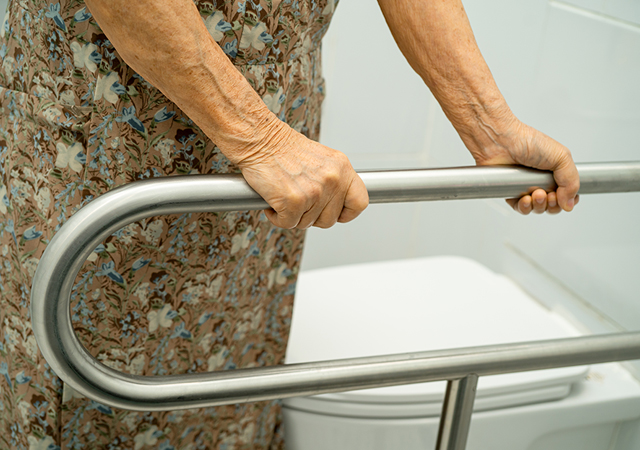



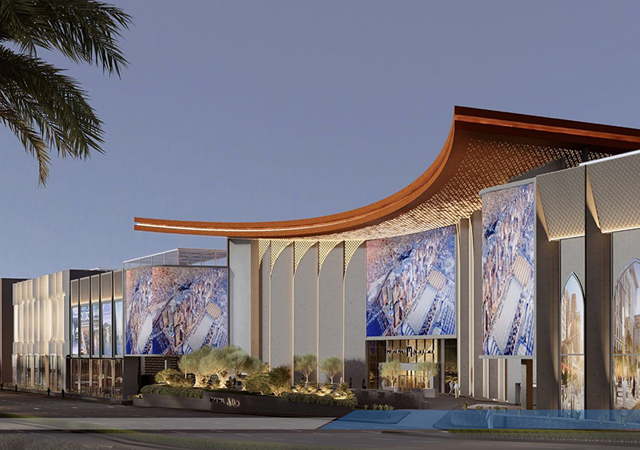
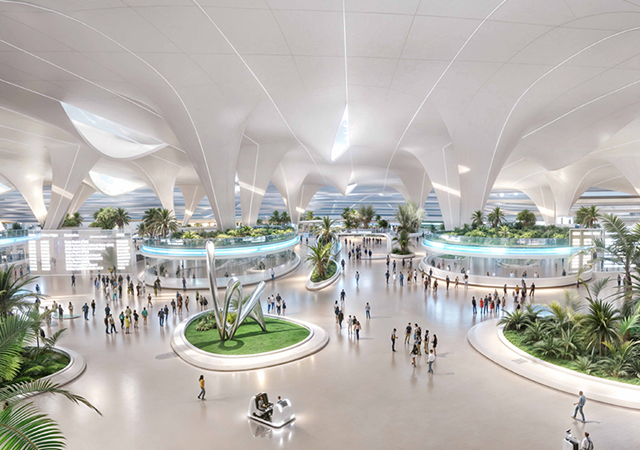
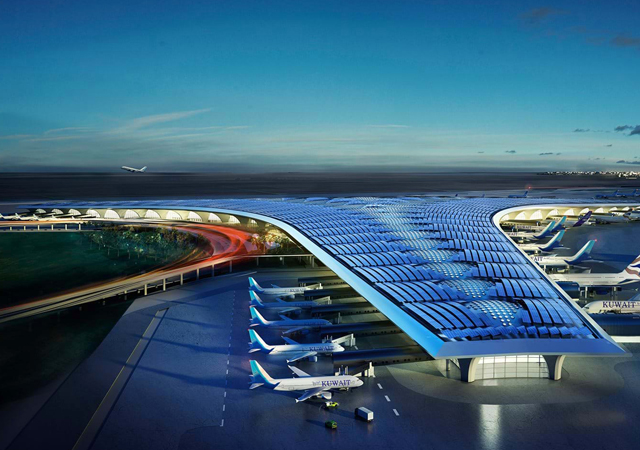
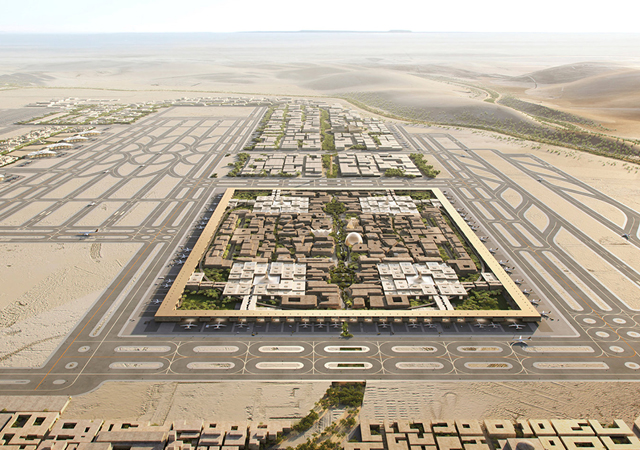
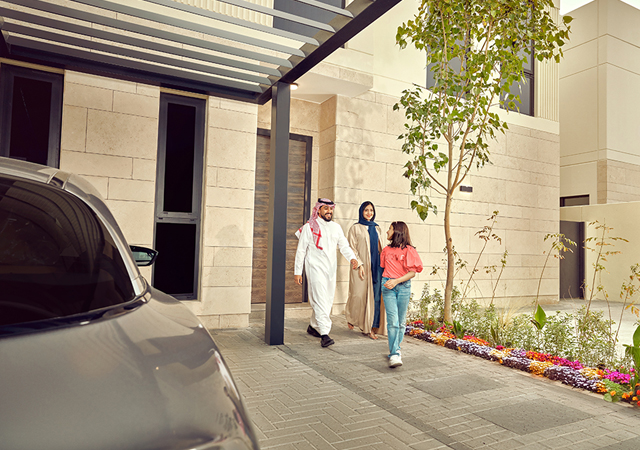
.jpg)

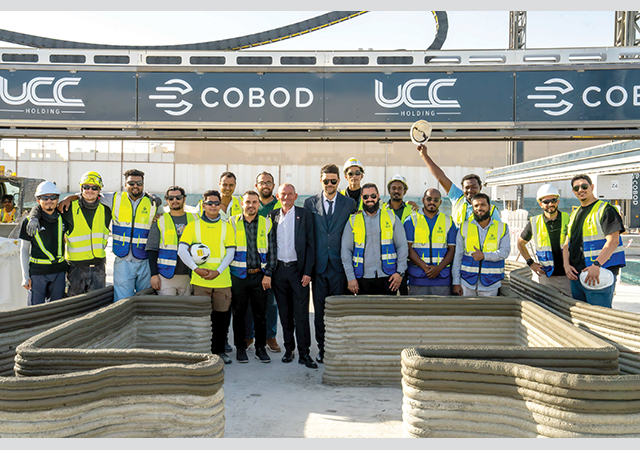
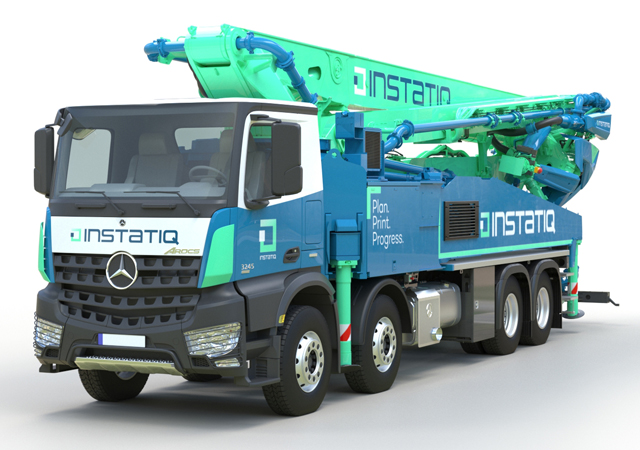

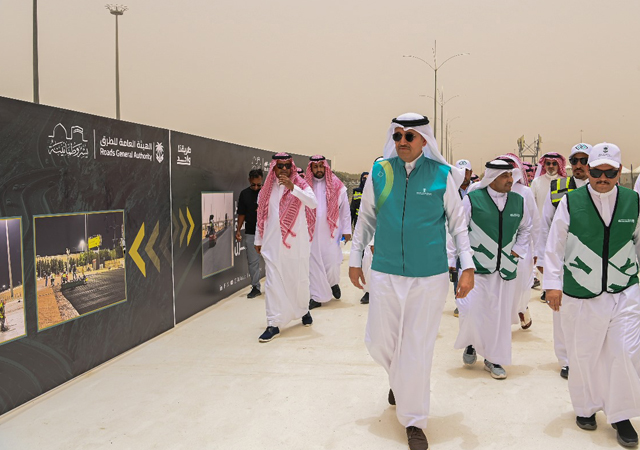
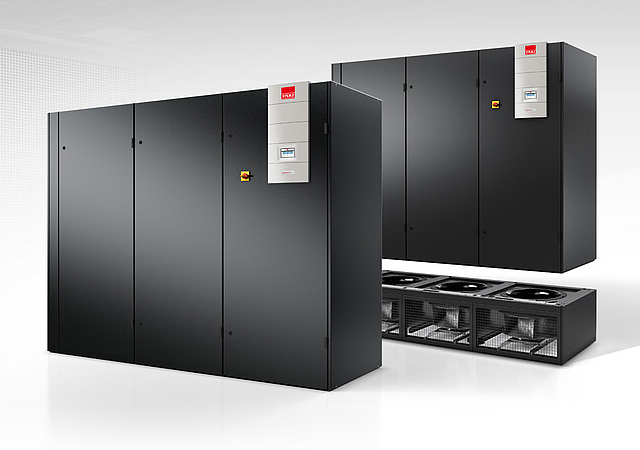
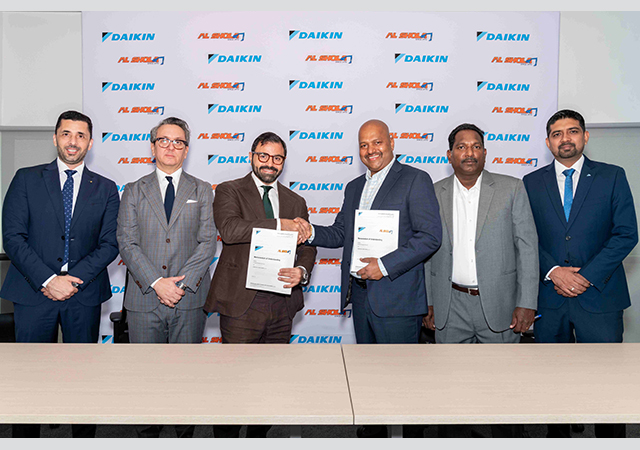

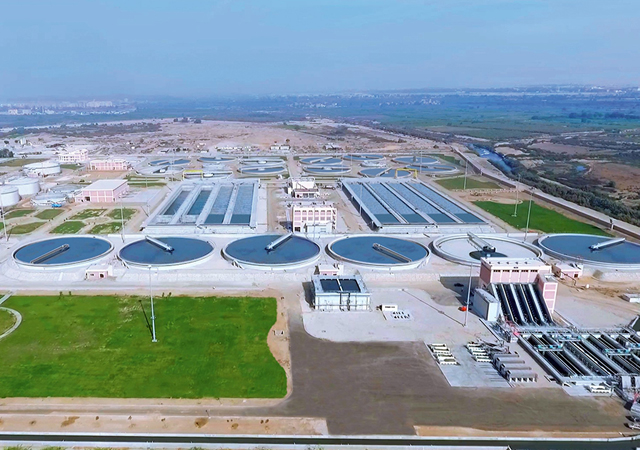
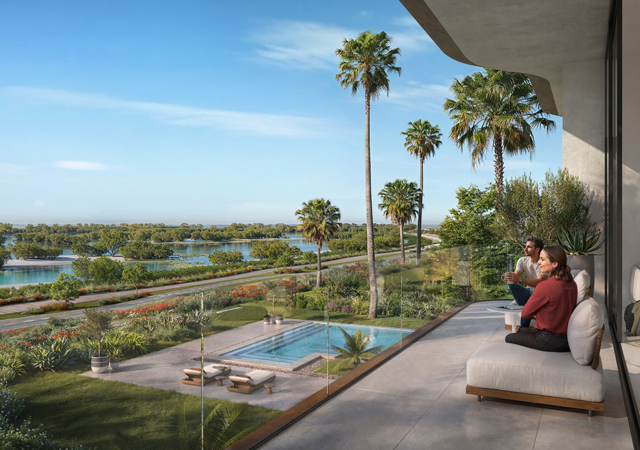


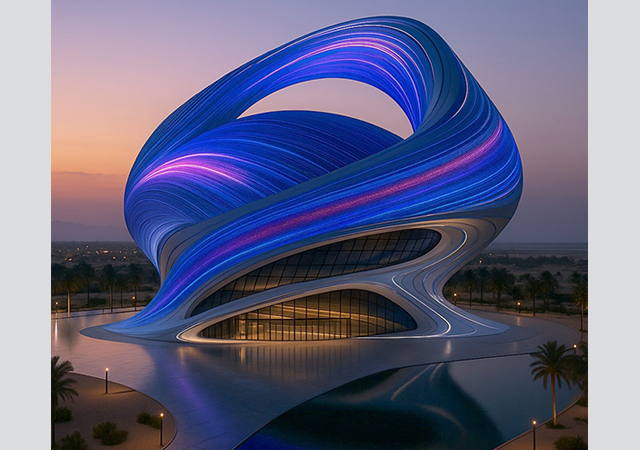
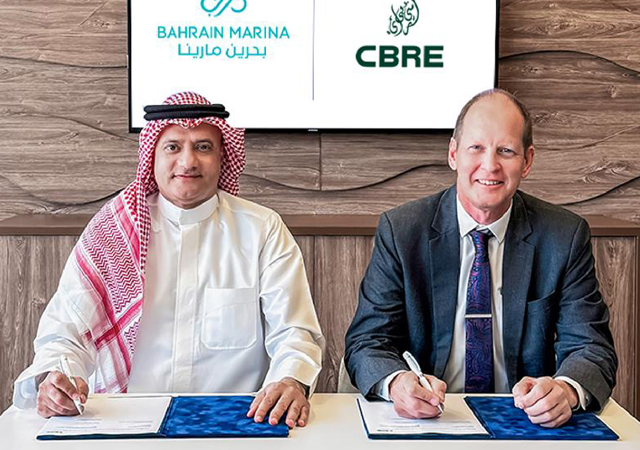
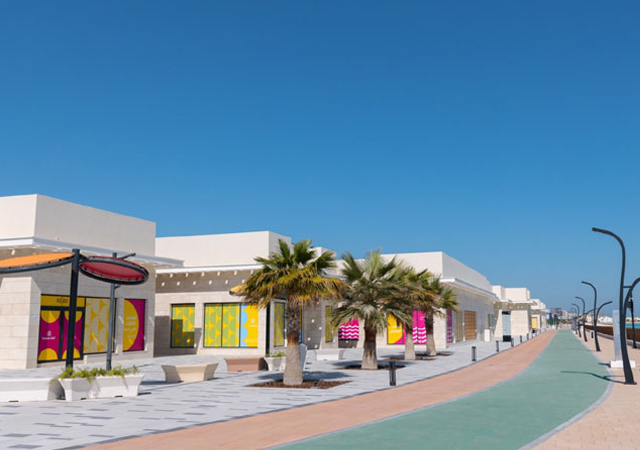
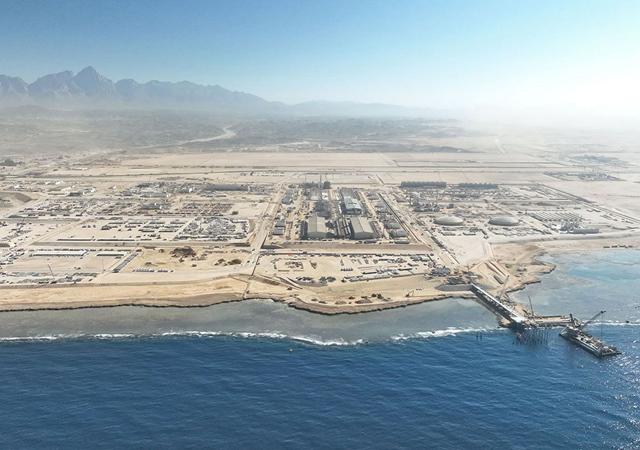
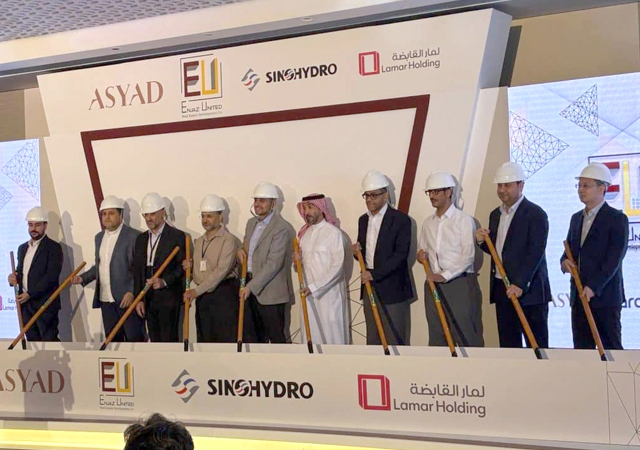

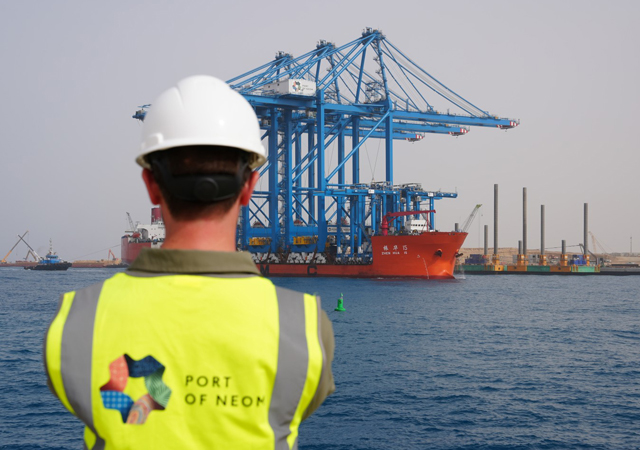
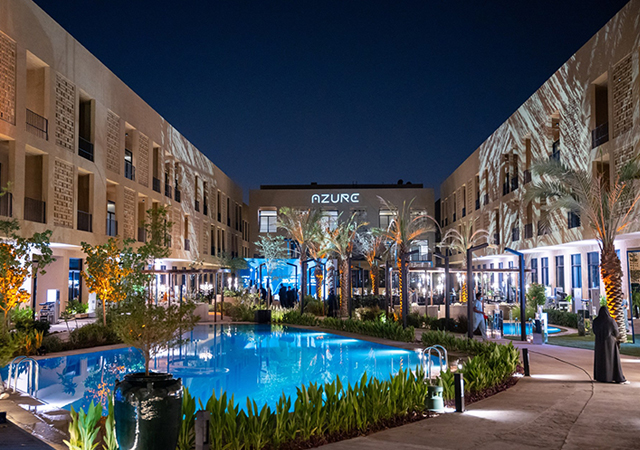
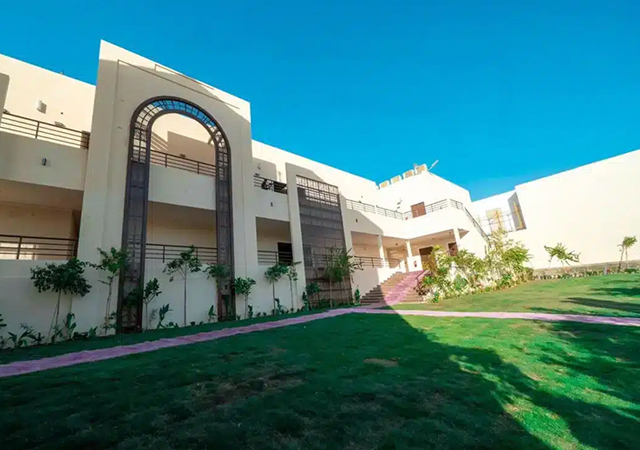

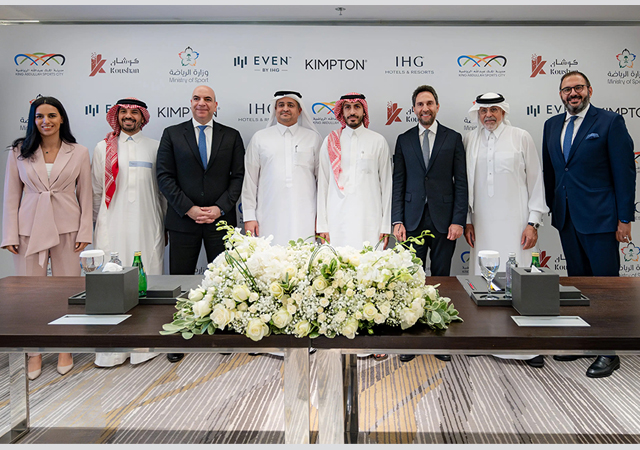
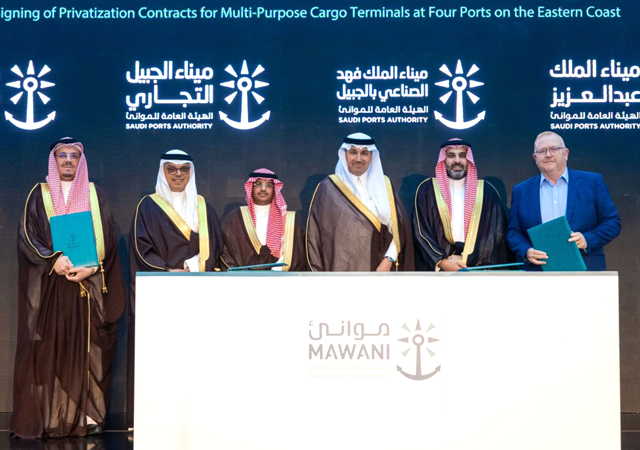
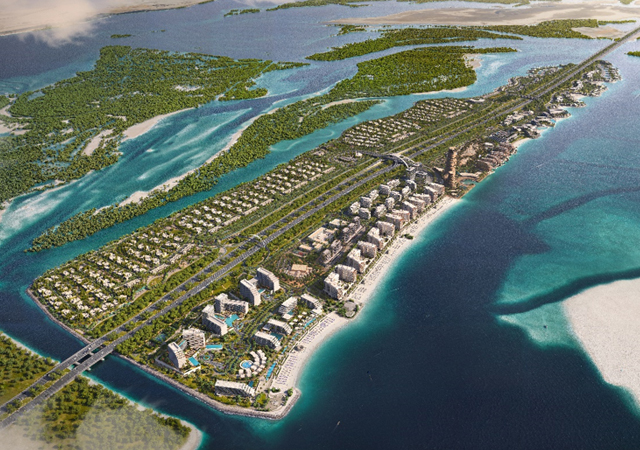
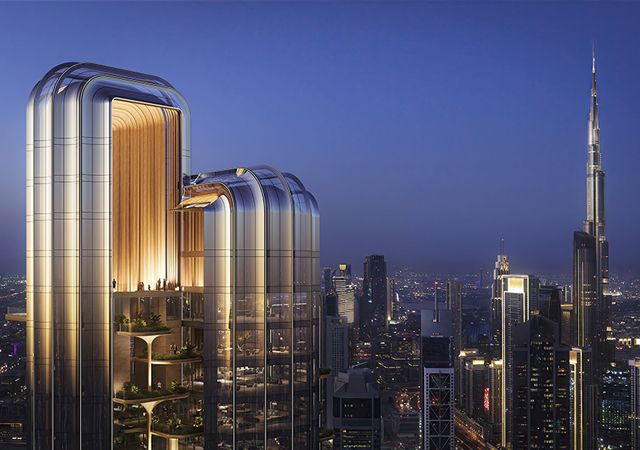




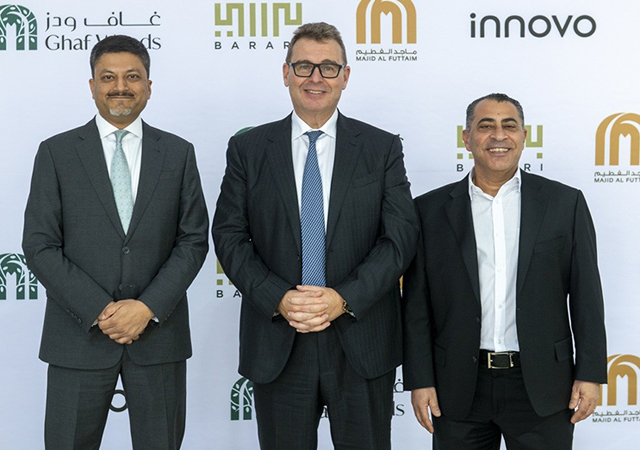
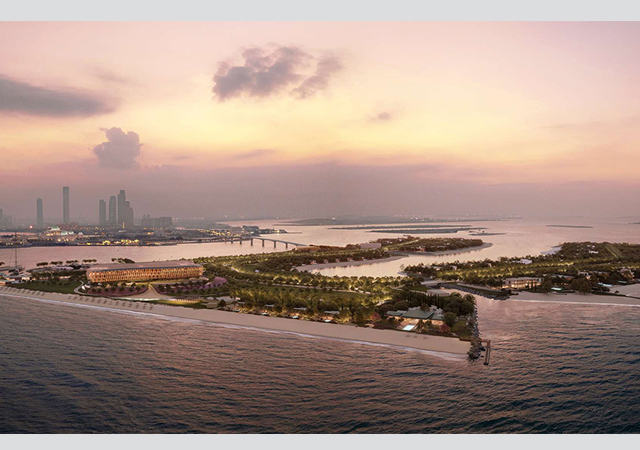
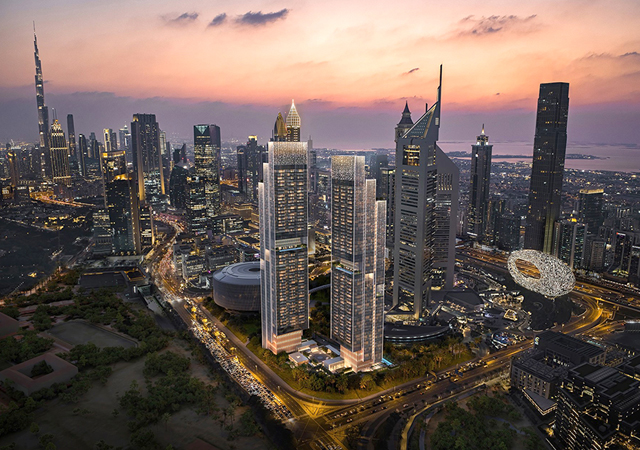
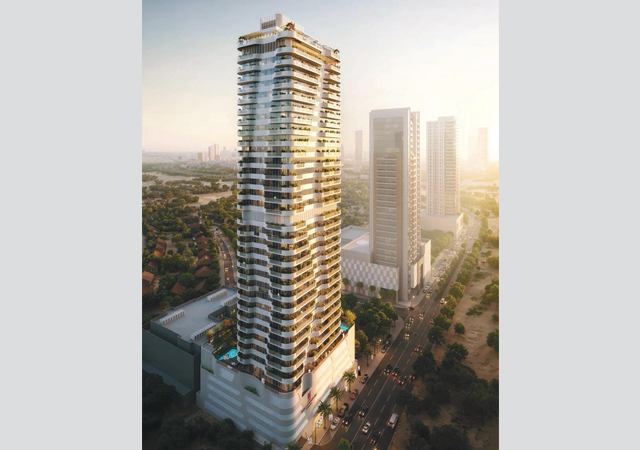

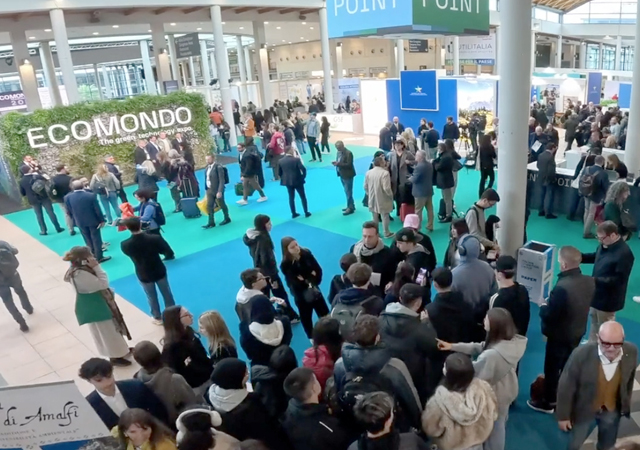
.jpg)



